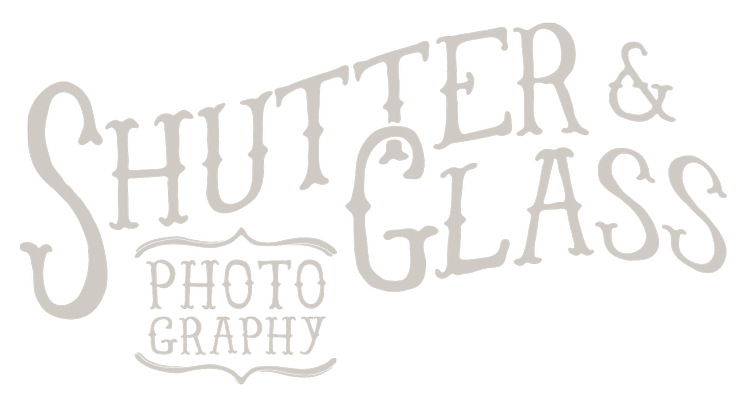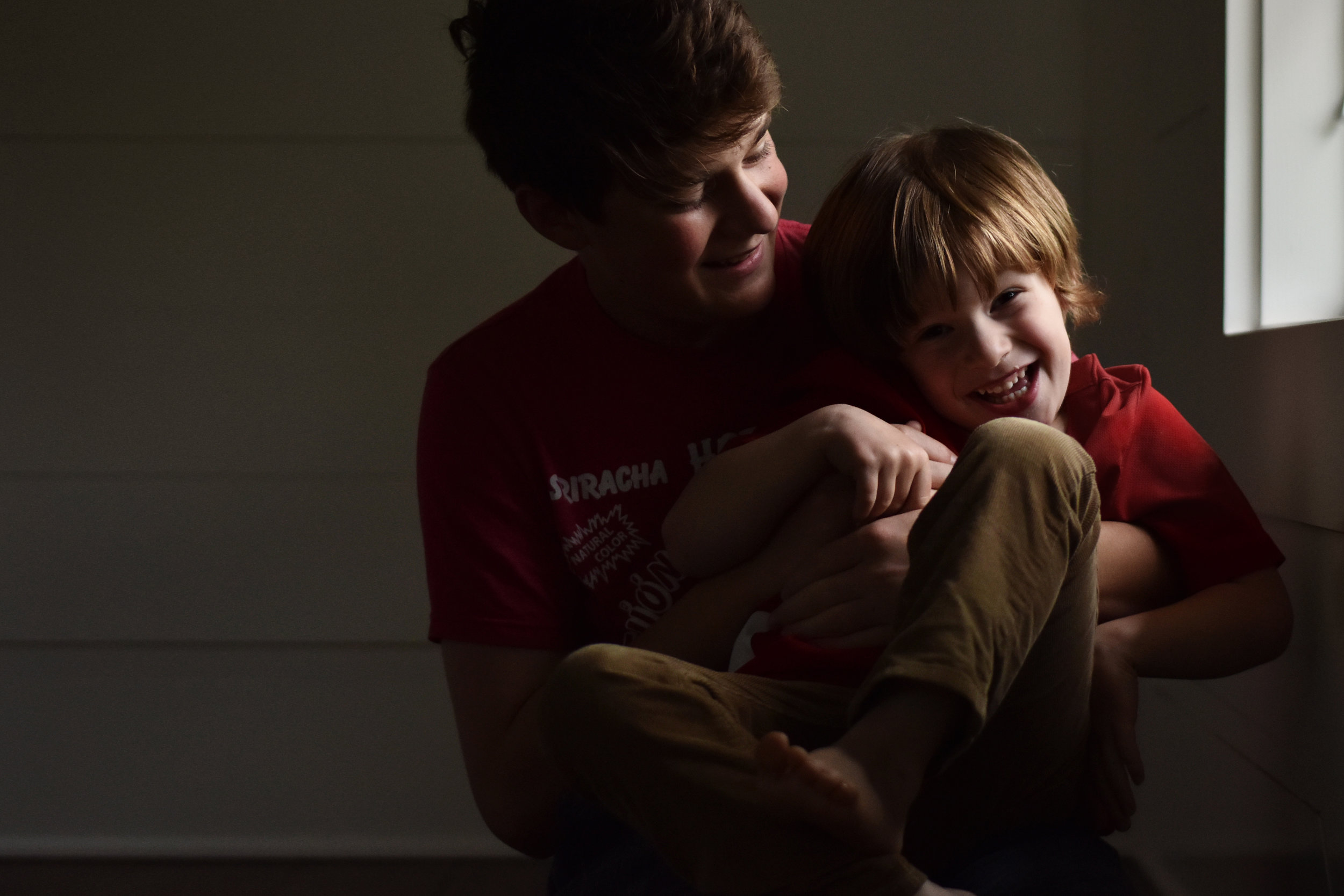As a professional photographer, there is one question I am asked more than any other. And it has nothing to do with my pricing or my availability or how I approach a scene as an artist.
Instead, the question I am asked more than any other is this: “What camera should I buy?”
Now, some photographers might get a little prickly about this question. Because many of us are businesspeople as well as artists. Should we really be educating our potential competition?!
And we can feel a little offended. Because we know that it isn’t the camera that takes a great photo, it’s the person behind the camera.
But here’s the thing. I am pretty confident in my artistry and am confident enough to give my gear the credit it’s due. I have curated an amazing line-up of cameras and lenses over the years and they allow me to capture the scenes in front of me just as I want to remember them.
All photos in this post taken with the recommended camera and lens in this article.
The other thing is this: I don’t believe that there is such a thing as too much art. I believe in the importance of people having a creative outlet and documenting the things that mean most to them.
So instead of feeling put out by this question, I get super excited about it. Because YAY! Someone trusts me enough to recommend the camera that will allow them to capture their most precious memories. They like my work enough to ask me what steps they should take to create their own work.
And goodness, what an honor it is to think that I can steer someone in the right direction as they embark on their own photographic journey.
So today, I am sharing the set-up that I recommend to every aspiring photographer who asks me what they should buy. Of course this comes with my own biases and personal preferences, but I also want people who are investing in their first “fancy camera” to love what they buy and so I am being as objective as humanly possible. (Note: nothing here has been sponsored by anyone and I am not making a cent sharing it with you…these are my opinions alone).
Even better, my friends at Midwest Photo Exchange have let me rent this very set-up for the past few days. This means that I can give you this recommendation not just based on the specs on the box, but from experience with my own images to back-up my review.
Without further ado, the first camera you should buy as a new photographer is…
…found at your local camera store! Before we even talk about the gear itself, I cannot stress enough how important it is to buy from a store with actual people in it.
Yes, I love convenience just as much as the next girl. But there is no reason that you should be investing hundreds of dollars in a set-up and have it delivered alongside your kitty litter and laundry detergent. This is a specialty purchase and should come from experts.
That’s why I want you to walk into a store and ask one of the friendly faces there what they would recommend for you. Chances are, they are a photographer, too. Based on your needs, they will be able to tell you exactly what you should buy.
And should something ever go wrong with your camera or you have a question about why something isn’t functioning the way you think it should? You will have people to turn to who will have the answers.
I go to my local store all the time telling them what I am looking to add to my line-up and they never steer me wrong. These are professionals who have held every camera, lens, and gadget in the store and will be able to tell you how they all compare.
And the camera *I* think you should buy from them? The Nikon D5600 camera body with a 50mm f/1.8 lens.
This is an advanced entry level DSLR. It is a DX format (crop sensor) 24 megapixel camera with both still image and video capabilities.
You *could* buy this camera paired with a 18-55 kit lens. And that’s totally fine if you want to start with two lenses instead of one. However, if you have to save money somewhere, save it by purchasing the camera body only and then pair it with the 50mm lens rather than skipping out on this truly amazing piece of equipment.
Why? The lens that comes in the D5600 kit is fine. You can get great quality images and there is some versatility that comes with a zoom that a lot of people love.
But for me, I need something that is going to allow me to keep my shutter speeds high (because my kids move a lot!) and still get enough light into the camera. And I love those blurry backgrounds (it’s called “bokeh” by the pros) that you see from professional cameras.
This means that I am going to need a wider aperture. I could write a whole blog post on aperture alone, but I will keep it brief here: aperture is how wide the blades inside your lens open. This controls depth of field (the amount of space around your focal point that will be in focus). The smaller the f-stop number, the wider those elements are opening. And the wider those elements open, the narrower the depth of field (meaning blurrier backgrounds behind your subject).
Even more, the wider those elements open, the more light that is being let in with every release of the shutter. Which means that at a given ISO, I can have a faster shutter speed and avoid frustrating motion blur because I have a wider aperture.
With the kit lens, you will be dealing with a variable aperture. This means that at 18mm the widest it can go is f/3.5. When you zoom out to 55mm, the widest the lens can go is f/5.6.
But with the 50mm lens, you can go as wide as f/1.8! And that’s pretty wide!
Even better, the 50mm lens is a lens that will grow with you as a photographer. It will work beautifully on your 5600 but will also work should you choose to upgrade to a FX series DSLR in the future. I believe in investing in gear with intention and choosing a lens that can grow with you is definitely the way to go.
Best of all, this lens is right around $200, which in the world of photography is pretty much a steal. Especially for a prime lens that is as sharp and versatile as this one.
In my time with this camera and lens set-up, I tried to shoot with it just like I would any of my other camera bodies. It took me a minute to get used to the placement of the buttons and dials, but overall, this is a pretty intuitive little camera. I moved it straight out of Auto Mode into manual, figured out how to adjust the shutter speed, aperture, and ISO, changed the factory settings so that I could use back button focusing and single point autofocus, and was out and about shooting…all within 30 minutes.
If there is one shortcoming to this camera, it would simply be the noise you see as you start working with higher ISOs. This just means that you will start to see speckles on your photos when in low light situations.
As a photographer who loves moody light from a single window, this was a bit frustrating as I have been spoiled by Nikon’s full frame camera bodies. That said, it’s probably something that the beginner photographer shouldn’t even think about and when they do, they can come find me for my recommendations for their first upgrade (see how I already have you upgrading cameras in a year or two?!).
Curious about back button focusing?
Read this article from the Clickin Moms Blog written by Kellie’s friend Lisa Tichané!
Photography is not an inexpensive hobby. This is a major purchase and I respect that because I have been in your shoes. I want to recommend the gear that will give you the most bang for your buck.
But more than that, I want you to feel inspired when you hold your camera. I want you to be excited to take more pictures. I want you to love this craft as much as I do and be thrilled by the way you can capture the things that are important to you.
There are never enough photos in the world. I can’t wait to see what you create behind the camera.






